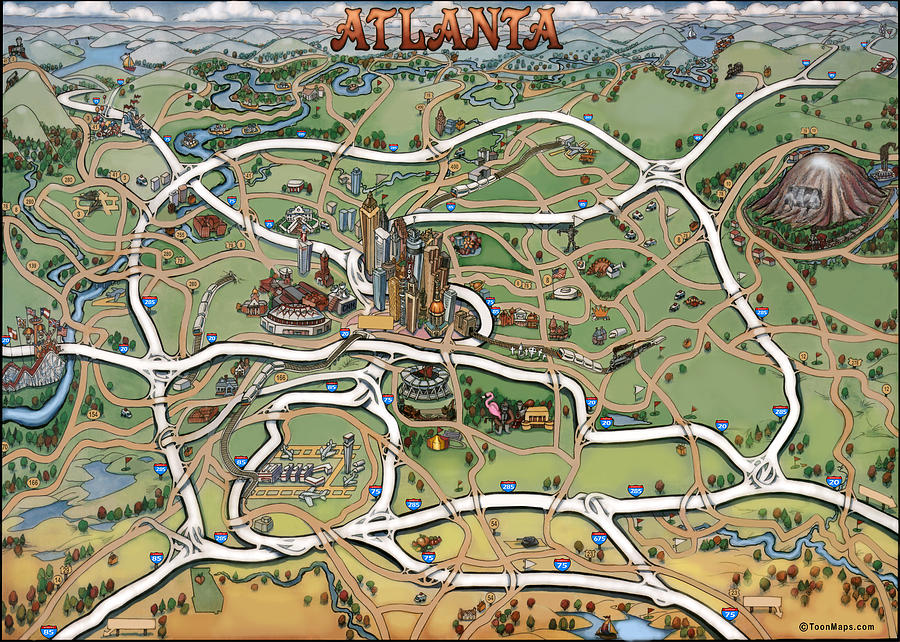General Atomics International
Prior to the Great War, General Atomics International was a globe-spanning mega-corporation with interests in robotics, energy, weaponry, and software. At their height, they delivered to industrial and private customers everything from nuclear reactors, to smart home software, to laser rifles, to robots.
Despite their wide sphere of influence, by the late 2030s, GAI became a global standout for their robots. Mister Handy, one of the first modern and autonomous robots produced, hit the market in 2037. This construction and maintenance model saw widespread use in Mexico and the United States. It was rugged, flexible, and reliable, receiving strong reviews and playing a prominent role in rescue operations after the 2042 earthquake in Mexico City.
By the late 2040s and early 2050s, GAI dominated the modern robotics market, both by expanding on the role of Mister Handy with the military, medical, and household variants and with entirely new designs for more specialized operations.
Meanwhile, their other divisions continued to produce and profit, especially their nuclear reactor division which saw their products installed in numerous vaults and military facilities as tensions mounted prior to the Great War. Their automated network control programs, for example Director Management System, proved buggy, however, resulting in several deaths at the General Atomics Galleria. It took a staggering amount of hush money to keep that catastrophe out of the news feeds.
AFTER THE WAR
The influence and reach of General Atomics International after the War is felt much as it was before: through the placement of their products. Their AER9 laser rifles can still be found in the hands of scavengers, raiders, and other survivors, providing a powerful tactical advantage for those who can scrounge power cells to use them. Their reactors continue to power dozens, if not hundreds of vaults. In some cases, they provide the power necessary to sustain life for residents. In others, they keep the lights and computers running for empty tombs and de-facto mass graves. But it is their robotics and automated management systems that play the strongest role. Both technologies were designed to operate without human interference or interaction, so the massive human die-offs of the War and afterward rarely impacted their operations. Indeed, it can be argued many units didn’t notice the Great War at all. They can still be found, wandering the wasteland or on site at their original point of installation.
Type
Corporation, Research & Development



Comments